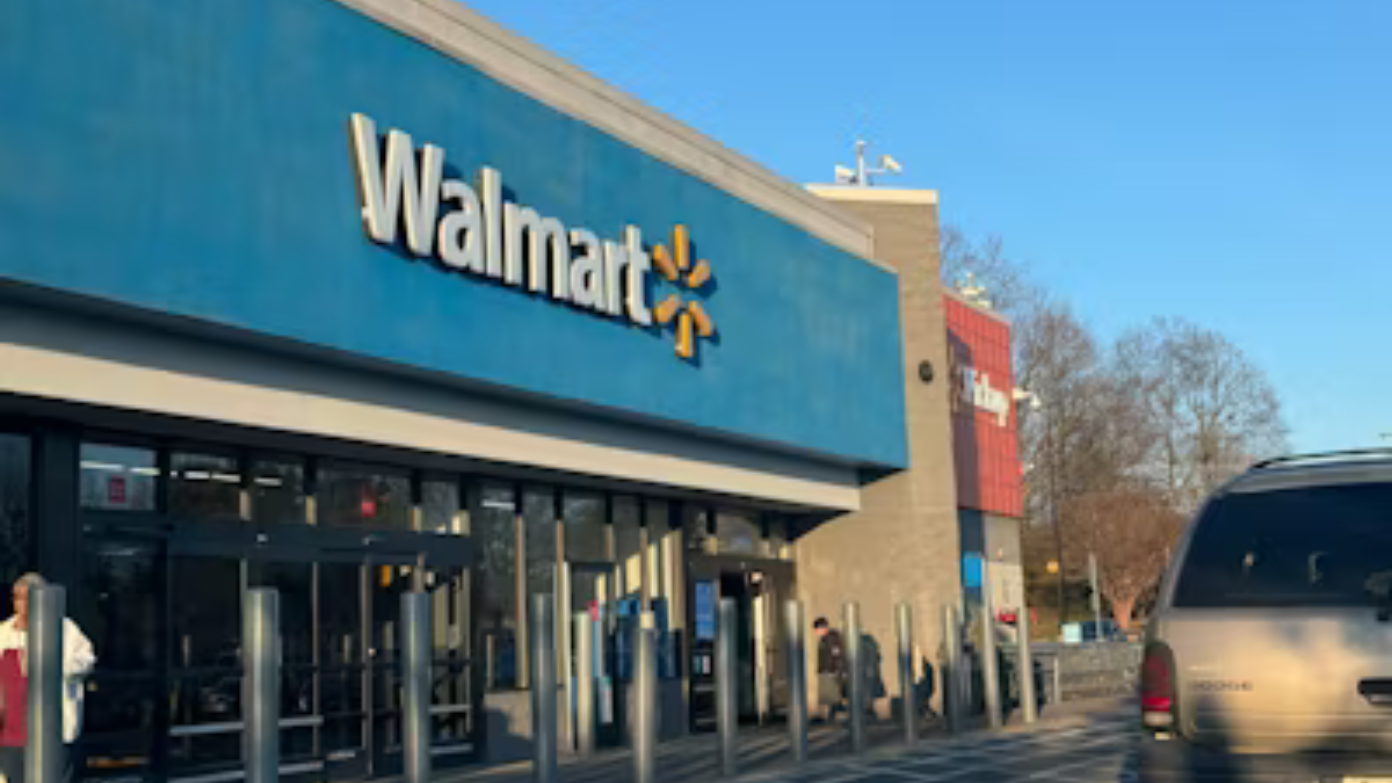The decision to strip synthetic dyes and 30 other food additives from brands like Great Value, Marketside, Freshness Guaranteed, and BetterGoods is being made in part due to growing consumer demand for simpler and more natural ingredients across all food brands offered at Walmart.
Background and motivation
Consumers are becoming ever more health-conscious and suspicious over the ingredients present in their processed foods, especially over artificial colors and additives. Earlier this year, the Department of Health and Human Services issued a statement that food manufacturers should discontinue the use of petroleum-based synthetic dyes by the end of 2027. In harmony with this statement, other major food companies such as Kraft Heinz and Nestlé have also declared their intent to reformulate.
Walmart’s intentions somewhat reinforce this trend while leveraging its size as the largest grocery retailer to lead ingredient transparency and product clean-up. According to Walmart’s CEO, “Our customers have told us they want products made with simpler, more familiar ingredients, and we’ve listened,” said John Furner, President and CEO of Walmart U.S.
Scope of the reformulation
The reformulation will affect a multitude of food categories. Salty snacks, candies, frosting, energy drinks, flavored drinks, salad dressings, dips, baked items, cheese, yogurts, and plant-based dairy alternatives will all be adjusted to eliminate the dyes and other additives. Currently, about 90% of Walmart’s own-brand food products are made without synthetic dyes, which makes the task of reformulating these few products much easier and manageable.
Ingredients being removed
Walmart will phase out the 11 synthetic, petroleum-based food dyes still approved for use in the United States, including the most commonly used Red No. 40, Yellow No. 6, and Blue No. 1. Doubts have risen about their safety since some behavioral problems were hinted as being linked to them, and there has been a gradual rise of scrutiny against these dyes. But, other than just batching out dyes, Walmart will also eliminate another 30 extra and these include preservatives such as potassium nitrate, potassium nitrite, and potassium bisulfite. It will also gradually eliminate such sweeteners and fat-replacement substances like Simplesse, which left the U.S. business stage in 2023, as well as plasticizers like phthalates, which are able to leach from packaging into food items.
Although some of these substances on the hit list of Walmart may be minimally used in very few products or are already banned, Walmart wants to keep the road to ingredient transparency open and consistent with further regulatory discussions that may arise.
Timeline for implementation
The Walmart reformulation initiative is expected to be implemented over a 14-month period and culminate in a January 2027 grocery launch of all revamped products. The plan was initiated in the last quarter of 2025 by finalizing lists of ingredients to be removed and by getting suppliers on board. Throughout all of 2026, the company will conduct substantial product testing, scaling alternative natural ingredients like beet, paprika, and annatto extracts, and piloting new formulations. By January 2027, the redefined items will enjoy full-blown access in Walmart’s physical stores and online.
Supplier partnerships and cost management
Walmart is working closely with many hundreds of food suppliers to identify effective and affordable substitutes for the ingredients without infringing on taste, texture, or shelf life, and in support of its intent to pass along additional costs to its consumers. It will thereby employ its enormous buying power to concentrate on obtaining the best pricing for the new natural coloring agents and preservatives. Comprehensive quality testing involving consumer taste panels and benchmark testing will ensure consistency throughout the transition.
Impact on consumers and packaging
Shoppers will see updated packaging with clear labeling stating “No artificial colors” or “No artificial additives.” Walmart will put “No Artificial Colors” prominently on the front of packages. During the transition, some products may be labeled both ways to help consumers identify the reformulated version. Walmart is adamant about keeping its promise of “everyday low price” and will bear these increased costs to help keep prices down for its customers.
Walmart’s announcement will, in turn, put pressure to ensure that the competitors with national brands fall in line and adopt similar cleaner ingredient standards. Other big retailers like Kroger and Target may adopt similar methods. The move means a general trend in the food industry for ingredient transparency and natural formulations energized by consumer demand and changing regulations.

